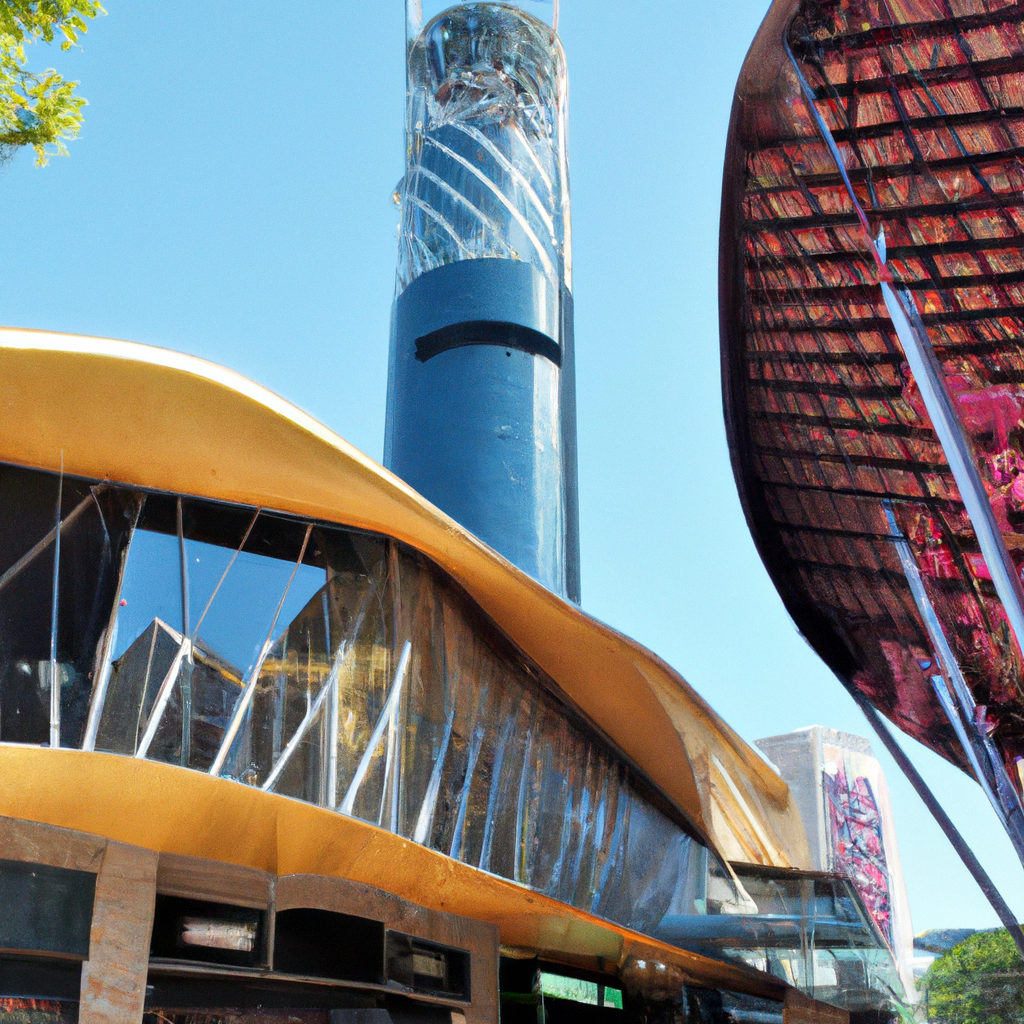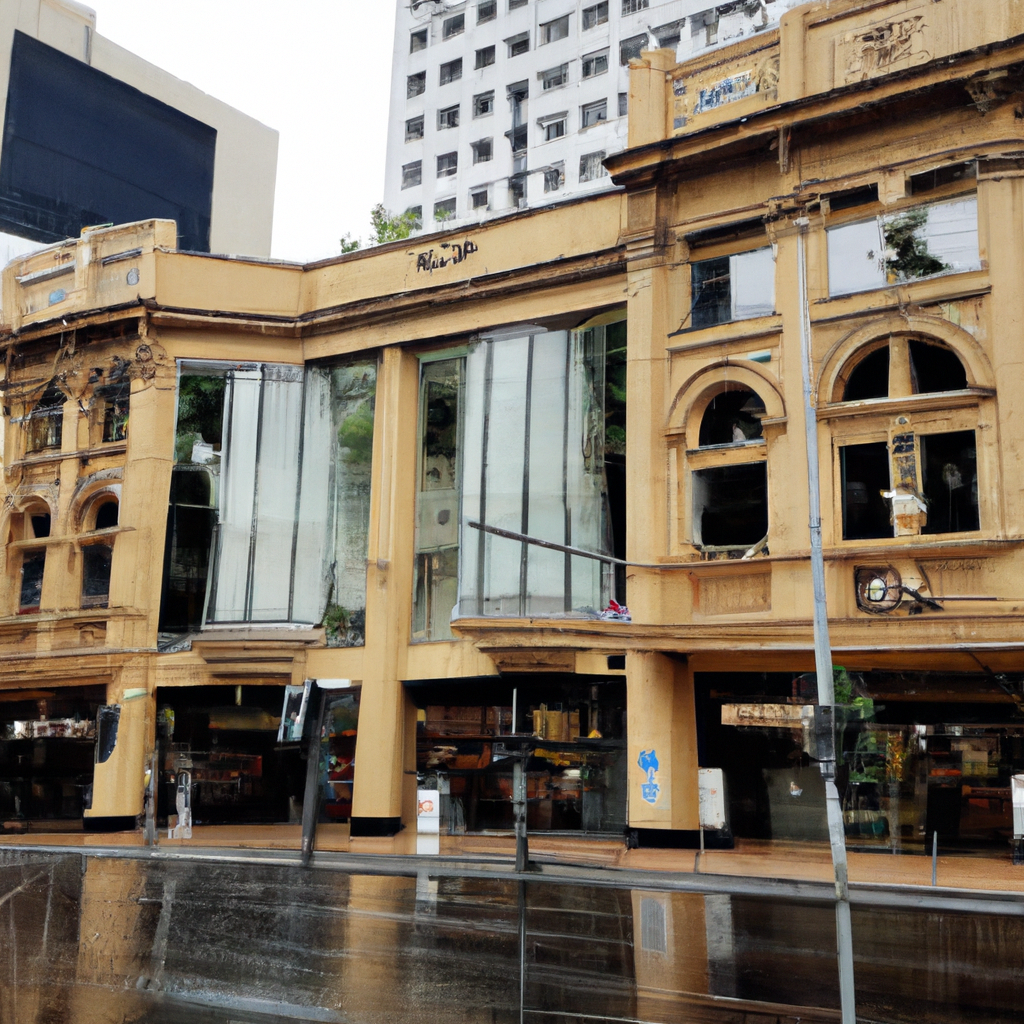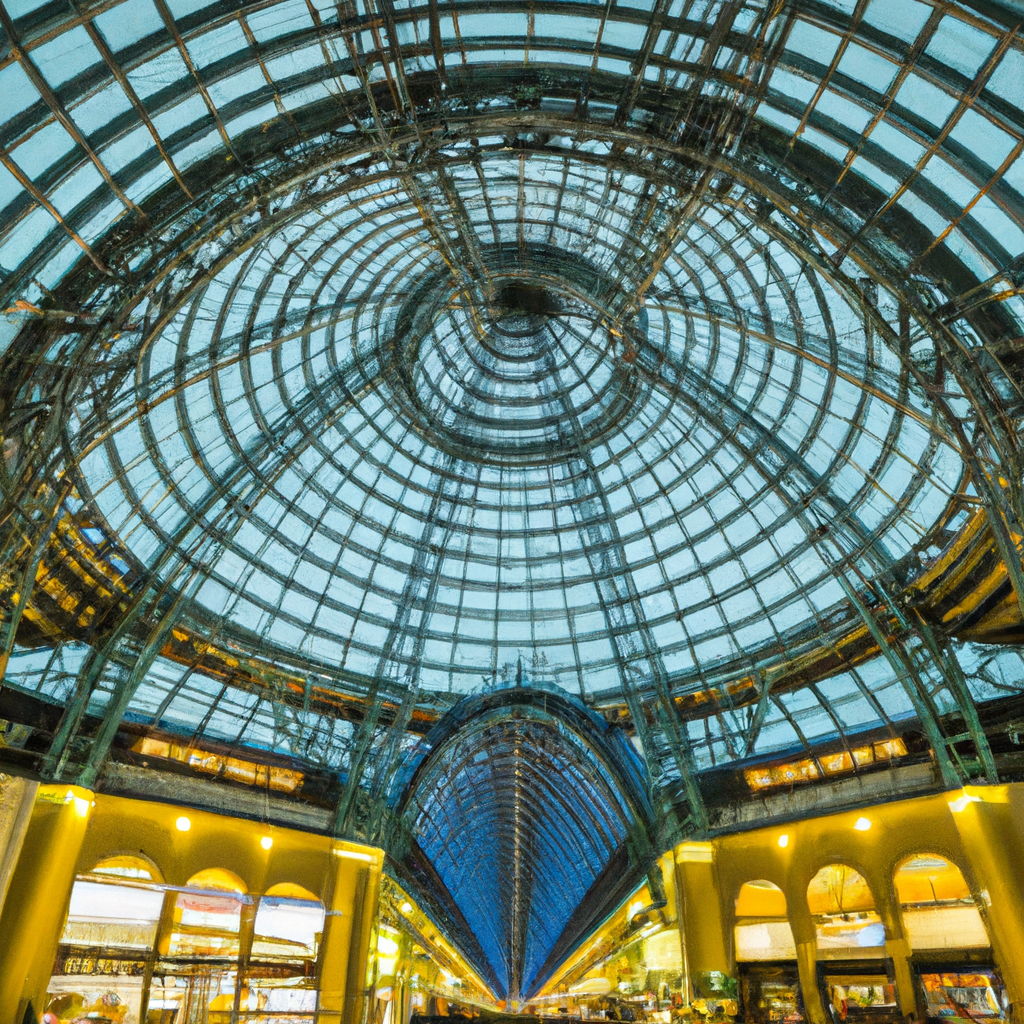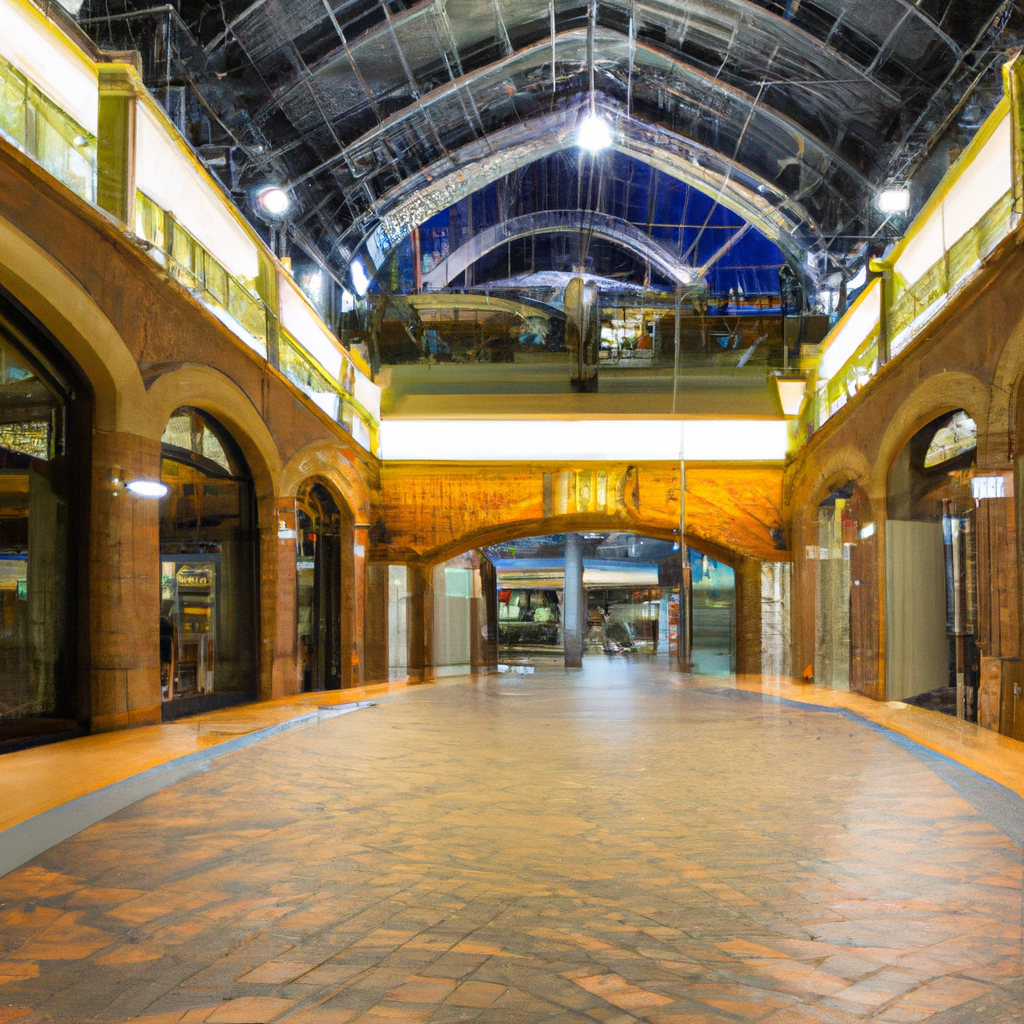
Custom cardboard boxes have become an indispensable asset for businesses of all sizes and industries. In today’s competitive market, packaging is not merely a container; it’s a powerful tool that can significantly impact your brand’s image and customer experience. In this article, we’ll explore why custom cardboard boxes are a must-have for your business, shedding light on their various advantages, design options, eco-friendliness, and much more.
What Are Custom Cardboard Boxes?
Custom cardboard boxes are packaging solutions tailored to meet the specific needs and preferences of a business. Unlike generic, one-size-fits-all packaging, custom cardboard boxes are designed with the product, branding, and target audience in mind. They offer a level of personalization that goes beyond the standard, providing businesses with a unique and effective way to present their products.
Advantages of Custom Cardboard Boxes
Cost-effectiveness
One of the primary advantages of custom cardboard boxes is their cost-effectiveness. Contrary to the assumption that custom packaging is expensive, it can actually help businesses save money in the long run. By optimizing the size and design of the packaging, you can reduce material waste and lower shipping costs.
Branding Opportunities
Custom cardboard boxes provide excellent branding opportunities. You can incorporate your logo, brand colors, and messaging onto the packaging, reinforcing your brand identity. This branding extends to the unboxing experience, leaving a lasting impression on your customers.
Eco-friendliness
Custom cardboard boxes can also contribute to your business’s eco-friendliness efforts. Cardboard is recyclable and biodegradable, making it an environmentally responsible choice for packaging. Using eco-friendly packaging can enhance your brand’s image among environmentally conscious consumers.
Types of Custom Cardboard Boxes
There are various types of custom cardboard boxes to choose from, depending on your product and shipping needs:
Regular Slotted Containers (RSC)
RSC boxes are the most common type of cardboard boxes. They are versatile and suitable for a wide range of products.
Full Overlap Containers (FOL)
FOL boxes provide extra strength and protection due to their overlapping flaps. They are ideal for heavier items.
Half Slotted Containers (HSC)
HSC boxes have an open top and are often used as lids for other boxes. They are suitable for products that require easy access.
Custom Die-cut Boxes
These boxes are precisely cut to fit your product’s shape. They offer a snug fit and enhanced protection.
Custom Cardboard Box Design
The design of custom cardboard boxes is crucial in attracting customers’ attention. An eye-catching design can make your product stand out on the shelf or in an online store. You can choose from a wide range of design customization options, including printing techniques, finishes, and special features like embossing or foil stamping.
Choosing the Right Size and Material
When ordering custom cardboard boxes, it’s essential to select the right size and material. Consider factors such as the dimensions of your product, its weight, and any special requirements for protection. Cardboard comes in different grades, with varying levels of strength and durability.
How Custom Cardboard Boxes Enhance Branding
Custom cardboard boxes play a significant role in enhancing your branding efforts. The placement and design of your logo, the choice of brand colors, and the overall aesthetics of the packaging contribute to brand recognition and recall.
Custom Cardboard Boxes for Product Safety
Beyond branding, custom cardboard boxes ensure the safety of your products during transit. Proper cushioning and inserts can prevent damage, reducing the likelihood of returns and customer dissatisfaction.
Eco-Friendly Packaging
Consumers are increasingly conscious of the environmental impact of packaging. Custom cardboard boxes are an eco-friendly choice, as they are recyclable and biodegradable. Opting for sustainable packaging options can align your brand with environmental values.
Custom Cardboard Boxes for E-commerce
E-commerce businesses benefit greatly from custom cardboard boxes. Customizing the size of the packaging to fit the product precisely reduces shipping costs and minimizes the use of filler materials. Additionally, the unboxing experience can leave a positive impression on online customers.
Cost Efficiency of Custom Cardboard Boxes
Bulk ordering of custom cardboard boxes can lead to cost savings. Many packaging suppliers offer discounts for large orders, making custom packaging more affordable in volume.
Custom Cardboard Boxes in Marketing
Custom packaging can play a strategic role in your marketing efforts. Well-designed boxes can influence purchase decisions and encourage customers to share their unboxing experiences on social media, effectively becoming brand advocates.
Case Studies: Successful Businesses Using Custom Cardboard Boxes
Let’s take a look at some real-world examples of businesses that have leveraged custom cardboard boxes to their advantage. These case studies highlight the positive impact of tailored packaging on brand recognition and customer satisfaction.
How to Order Custom Cardboard Boxes
Ordering custom cardboard boxes involves finding the right packaging supplier who can meet your specifications. Start by requesting quotes from different suppliers, considering factors like pricing, turnaround time, and the quality of their products.
Conclusion
In conclusion, custom cardboard boxes are not just containers; they are a strategic asset for businesses. They offer cost-effective solutions, enhance branding efforts, contribute to eco-friendliness, and ensure the safety of your products. By investing in custom packaging, your business can gain a competitive edge and leave a lasting impression on customers.
…













